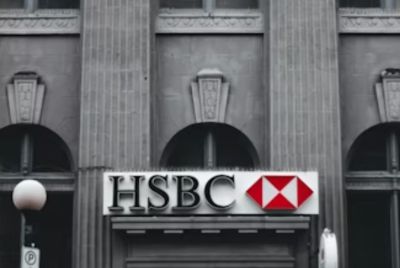TSB Share Price Leaps After Lloyds Sells Bigger Stake Than Intended in IPO

Shares in the oversubscribed TSB float by Lloyds Banking Group soared by as much as 12% in price during early trading on their market debut.
TSB shares have begun a brief period of conditional trading, where financial institutions can buy and sell the stock ahead of a full public floatation when retail investors can buy them.
The high street bank, which has been carved off from Lloyds under its UK government bailout terms, was priced at 260p a share in the offer. This soon rose to 290p when trading began, valuing it at nearly £1.5bn.
Lloyds had originally intended to sell 25% of TSB in the initial offer, but because demand for shares is so high it lifted this to 35%. It must have sold its entire TSB stake by the end of 2014.
"TSB has a national network of branches, a strong capital base, robust liquidity and significant economic protection against legacy issues," said António Horta-Osório, chief executive of Lloyds Banking Group.
"It is already operating on the UK high street and is proving to be a strong and effective challenger, further enhancing competition in the UK banking sector."
Lloyds Banking Group is 25% owned by the UK taxpayer. This is because it had to be rescued from collapse by the British government at the height of the financial crisis.
In order to get the bailout past European Union (EU) competition law, Lloyds had to agree to eventually split off TSB into a separate entity and float it onto the London Stock Exchange.
The government originally held a 39% stake, but two successful share sales have seen its holding reduced. All of the government's shares are expected to have been sold off by the end of 2015.
© Copyright IBTimes 2025. All rights reserved.






















